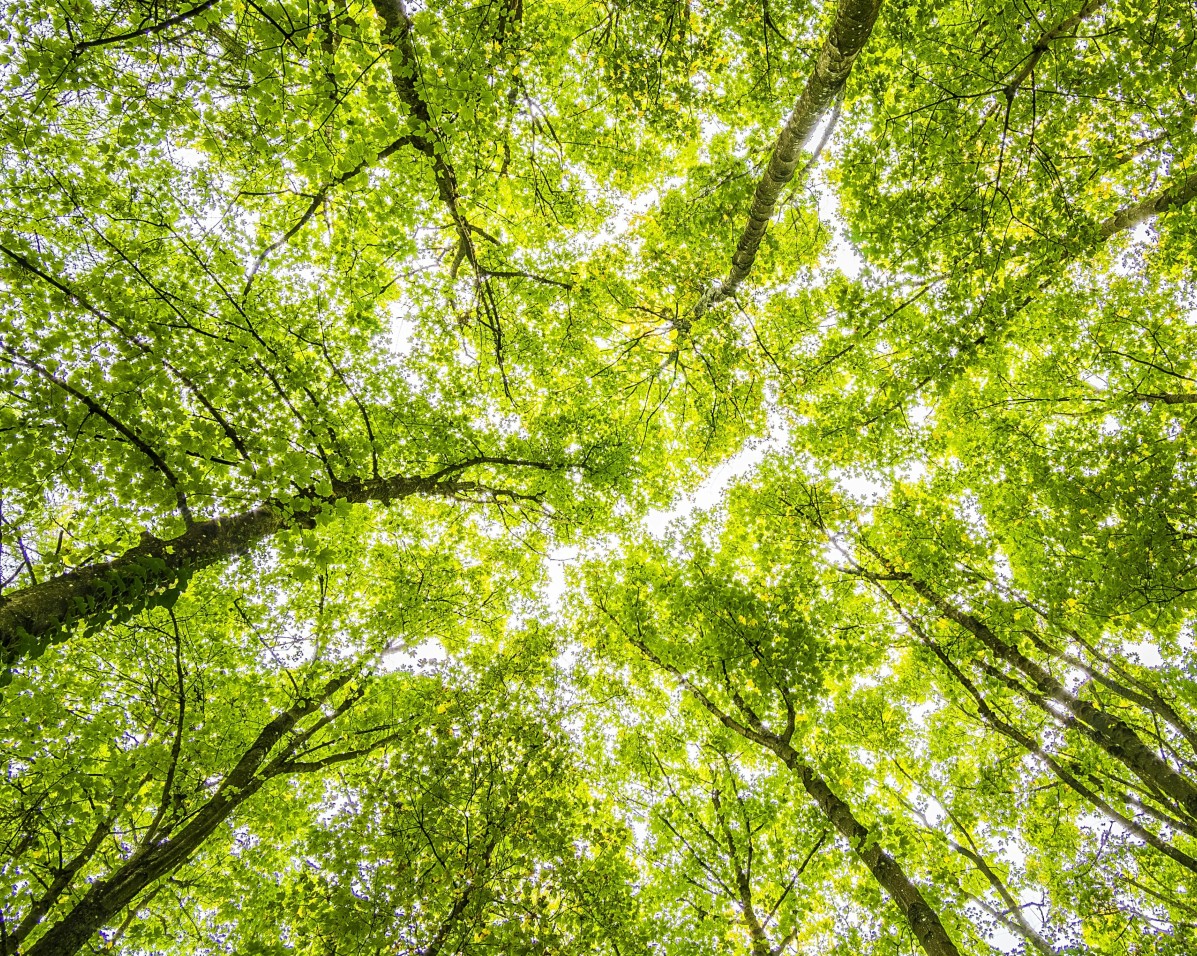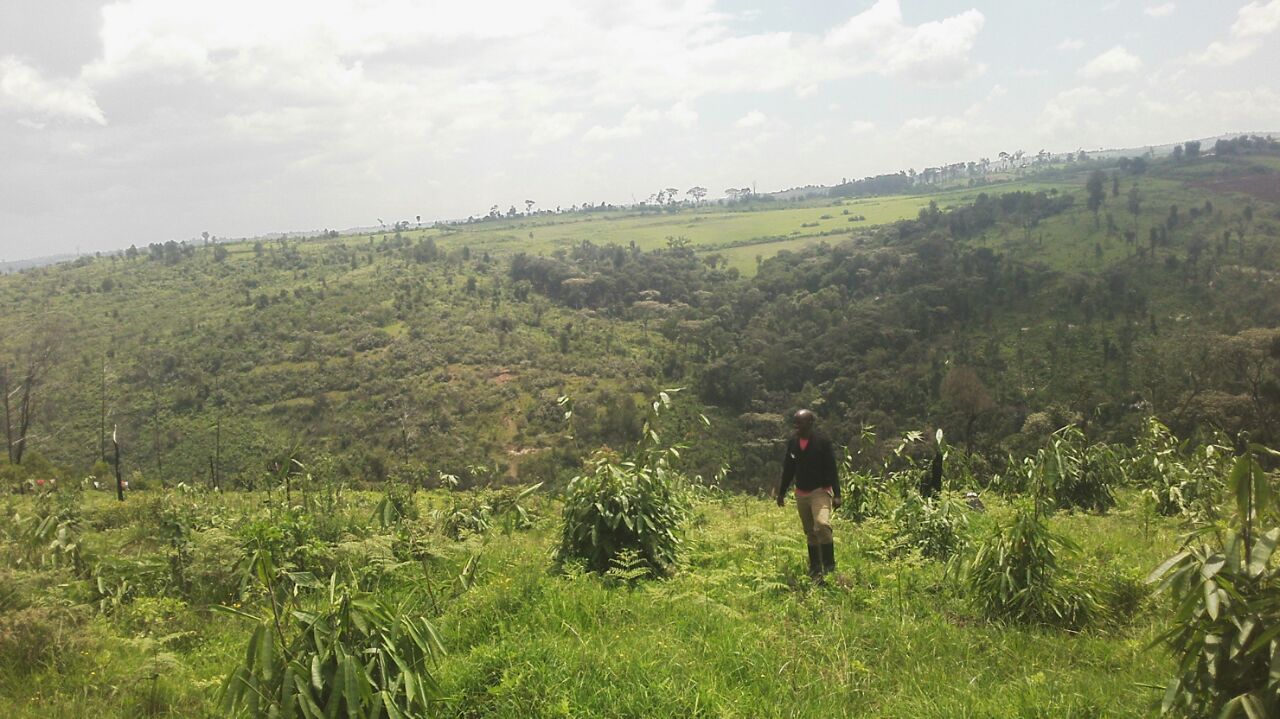By David Njagi
Nairobi, Kenya: Kenya’s tree-planting campaign is gaining momentum, but critics argue that the policies guiding it are misaligned with the country’s conservation goals.
The ambitious national effort aims to combat deforestation, tackle climate change, and restore degraded ecosystems by planting 15 billion trees by 2030. This initiative seeks to raise the country’s tree cover from the current 8.8% to at least 30%. It brings together government agencies, private sector players, non-governmental organizations, local communities, youth groups, and women-led initiatives in a united effort to address global climate commitments under the Paris Agreement.
However, Kenya continues to lose around 50,000 hectares of forest annually due to logging, agricultural expansion, charcoal production, and illegal encroachment. In 2022 alone, approximately 8,000 hectares of forest cover were lost, according to Global Forest Watch.

This alarming trend has spurred action, resulting in a nationwide tree-planting frenzy. But, according to community activist Nahashon Karaya, also a member of the Ngaatho Community Foundation, the exercise is fundamentally flawed.
“The entire national tree planting initiative has been commercialized. The trees being planted are predominantly exotic species, which the government permits for harvesting as part of commercial ventures,” said Karaya.
This approach jeopardizes indigenous tree ecosystems, which risk being overexploited under the guise of commercial logging. Certain exotic species, such as eucalyptus, are invasive and toxic, while others, like cypress, are associated with spreading pests and diseases, argued Karaya.
Flaws in policy
Critics point to several policy gaps undermining the initiative’s effectiveness. For instance, why lift a ban on logging when forests remain under threat from encroachment? Similarly, allocating tree planting sites along forest reserves raises questions.
Karaya suggests that a more effective approach would have been to focus on idle Agriculture Development Corporation land or arid and semi-arid regions, where tree cover is urgently needed.
“Commercial tree harvesting is already leading to the destruction of indigenous trees. The tree planting exercise should have been directed away from established forest systems to avoid further harm,” he said.
These flaws reflect deeper issues within Kenya’s conservation policies, many of which still bear the hallmarks of colonial-era governance. Compounding the problem is the lack of consultation with local communities during policy formulation.
Yet, communities possess invaluable generational knowledge that could have been harnessed to make the tree-planting campaign more sustainable. Public participation could have ensured the selection of suitable tree species for specific ecological zones, considering factors such as altitude, temperature, and precipitation.
For example, in the Mt. Kenya Forest ecosystem, the lower montane forest zone (1,500–2,400 meters above sea level) supports dense tropical hardwoods like camphor and African olive. The upper montane zone (2,400–3,000 metres above sea level) transitions into bamboo forests and high-altitude woodlands, while tree density decreases with altitude.
Conversely, exotic and climate-resilient species like eucalyptus, acacia, neem, grevillea, cypress, and pine thrive below 2,800 metres.
Lessons from traditional knowledge
Traditionally, tree planting was best carried out during the short rains (October–December), followed by the long rains (March-May), allowing saplings to establish firmly. Karaya highlights that the failure to integrate such insights has led to the loss of four out of every five tree seedlings planted.
A re-think of Kenya’s conservation policies is now taking shape, with communities leading the charge in collaboration with organizations like the Ngaatho Community Foundation and the African Biodiversity Network. These organizations educate the communities they work with on conservation matters including policy processes.
Steps towards change
Public lectures are being organized to engage university students alongside community leaders, researchers, and development partners. There is also a push to incorporate books on traditional conservation skills into school curricula.
Such initiatives aim to equip younger generations with knowledge of innovative solutions, such as producing bio-fertilizers and bio-pesticides from natural resources, potentially saving Kenya billions in import costs.
“We are not here to assign blame for the destruction of our natural heritage. “It is our collective responsibility to restore our forests within the little time we have left. However, we urge the government to ensure meaningful public participation in all conservation policies,” said Karaya.
The Ngaatho Community Foundation and the African Biodiversity Network partners with communities to revive community trust in Indigenous biodiversity conservation methods.














